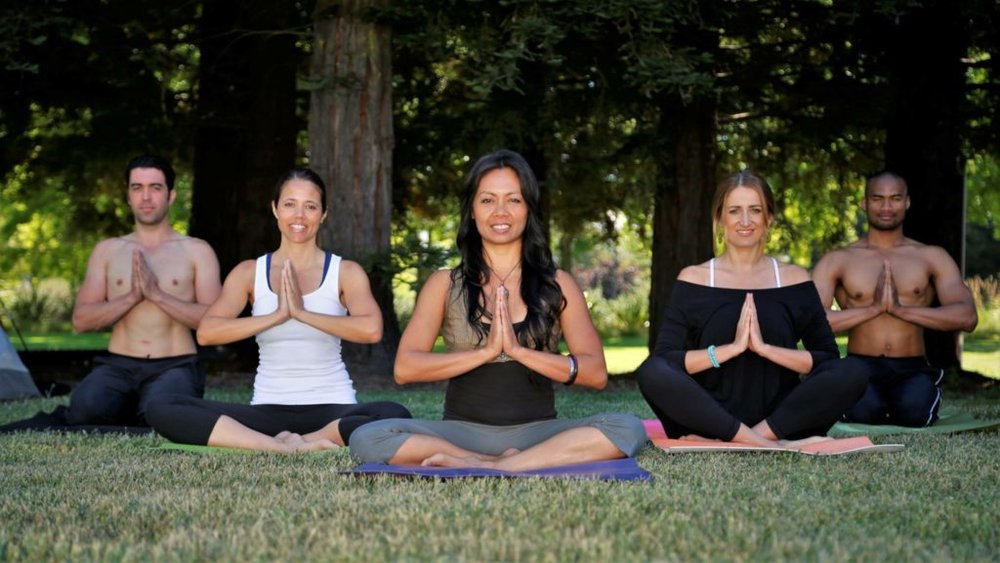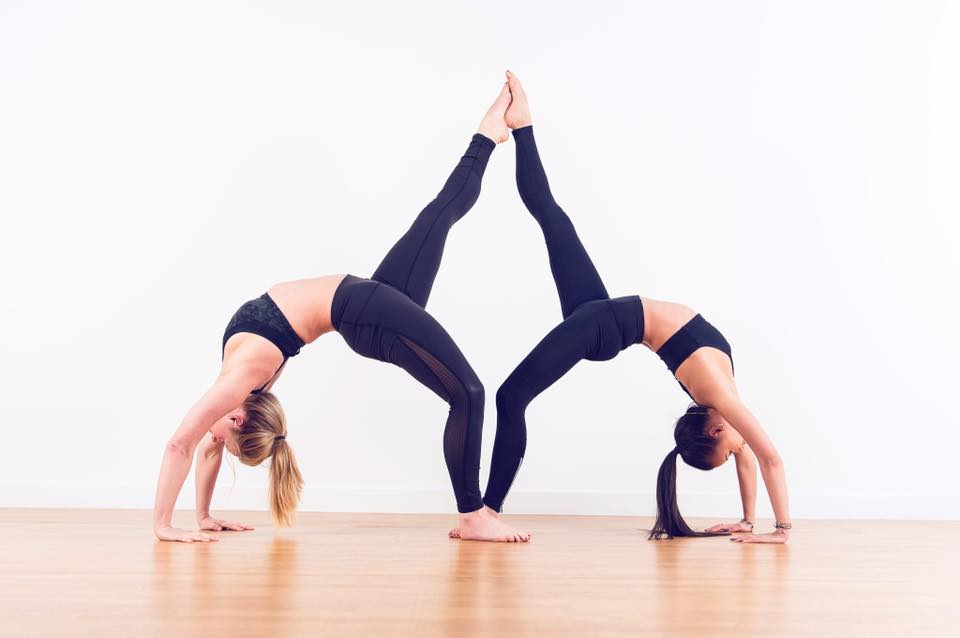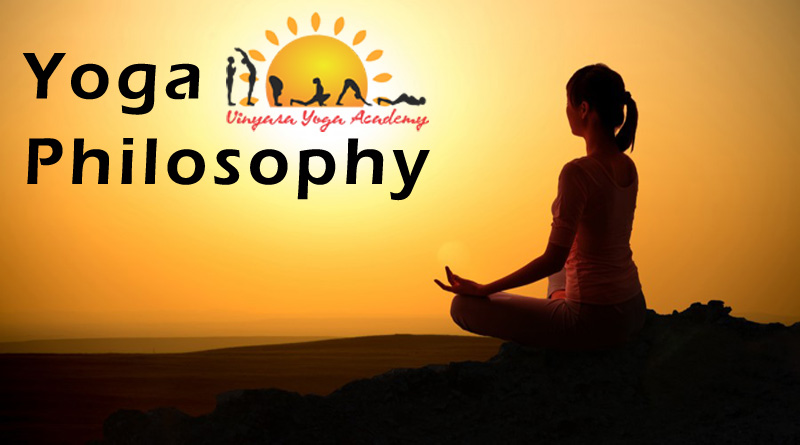
It’s straightforward why John Friend profoundly suggests the book Yoga Body: The Origins of Modern Posture Yoga “for every single true understudy of yoga.” Because, Mark Singleton’s proposal is an all-around inquired about uncovering of how current hatha yoga, or “stance practice,” as he terms it, has changed inside and after the training left India.
Be that as it may, the book is fundamentally about how yoga changed in India itself over the most recent 150 years. How yoga’s primary, present-day advocates T. Krishnamacharya and his understudies, K. Pattabhi Jois and B. K. S. Iyengar-blended their homegrown hatha yoga rehearses with European tumbling.
This was what number of Indian yogis adapted to advancement: Rather than staying in the caverns of the Himalayas, they moved to the city and grasped the approaching European social patterns. They particularly grasped its increasingly “exclusive types of acrobatic,” including the persuasive Swedish systems of Ling (1766-1839).
Singleton utilizes the word yoga as a homonym to clarify the fundamental objective of his theory. That is, he underlines that the word yoga has different implications, contingent upon who utilizes the term.
This accentuation is in itself a commendable undertaking for understudies of everything yoga; to grasp and acknowledge that your yoga may not be indistinguishable sort of yoga from my yoga. Essentially, there are numerous ways of yoga.
In such manner, John Friend is totally right: this is by a long shot the most extensive investigation of the way of life and history of the persuasive yoga heredity that keeps running from T. Krishnamacharya’s sticky and hot royal residence studio in Mysore to Bikram’s misleadingly warmed studio in Hollywood.
Singleton’s examination on “postural yoga” makes up the greater part of the book. Be that as it may, he additionally gives a few pages to lay out the historical backdrop of “conventional” yoga, from Patanjali to the Shaiva Tantrics who, in light of a lot prior yoga customs, arranged the hatha yoga custom in the medieval times and wrote the acclaimed yoga course readings the Hatha Yoga Pradipika and the Geranda Samhita.
It is while doing these examinations that Singleton gets into the water a lot more sultry than a Bikram sweat. Consequently, I falter in giving Singleton a straight A for his generally fantastic paper.
Singleton asserts his task is exclusively the investigation of current stance yoga. On the off chance that he had adhered to that venture alone, his book would have been incredible and gotten just honors. Be that as it may, tragically, he submits a similar screw up such a significant number of present-day Hatha yogis do.
All yoga styles are fine, these Hatha yogis state. All homonyms are similarly great and substantial, they guarantee. Then again, actually homonym, which the social relativist Hatha yogis see as a self-important rendition of yoga. Why? Since its followers, the conventionalists, guarantee it is a more profound, increasingly otherworldly and customary form of yoga.
This sort of positioning thinks Singleton, is counterproductive and an exercise in futility.
Georg Feuerstein opposes this idea. Without a doubt the most productive and very much regarded yoga researcher outside India today, he is one of those conventionalists who holds yoga to be a necessary practice-a body, mind, soul practice. So how does Feuerstein’s indispensable yoga homonym vary from the non-necessary current stance yoga homonym introduced to us by Singleton?
Basically, Feuerstein’s momentous compositions on yoga have concentrated on the comprehensive routine with regards to yoga. In general kit n kaboodle of practices that conventional yoga created in the course of the last 5000 or more years: asanas, pranayama (breathing activities), chakra (unpretentious vitality focuses), kundalini (otherworldly vitality), bandhas (propelled body locks), mantras, mudras (hand motions), and so on.
Consequently, while pose yoga principally centers around the physical body, on doing stances, fundamental yoga incorporates both the physical and the inconspicuous body and includes entire plenty of physical, mental and otherworldly practices barely ever polished in any of the present current yoga studios.
I would not have tried to bring this up had it not been for the way that Singleton referenced Feuerstein in a basic light in his book’s “Closing Reflections.” at the end of the day, it is deliberately vital for Singleton to study Feuerstein’s understanding of yoga, a type of yoga which happens to basically agree with my own.
Singleton expresses: “For a few, for example, top of the line yoga researcher Georg Feuerstein, the cutting edge interest with postural yoga must be depravity of the legitimate yoga of convention.” Then Singleton cites Feuerstein, who composes that when yoga achieved Western shores it “bit by bit deprived of its otherworldly introduction and renovated into wellness preparing.”
Singleton at that point accurately brings up that yoga had just begun this wellness change in India. He additionally effectively brings up that wellness yoga isn’t juxtaposed to any “otherworldly” venture of yoga. However, that isn’t actually Feuerstein’s point: he just brings up how the physical exercise some portion of current yoga does not have a profound “otherworldly introduction.” And that is an essential contrast.
At that point, Singleton shouts that Feuerstein’s affirmations miss the “profoundly otherworldly introduction of some advanced lifting weights and ladies’ wellness preparing in the harmonious vaulting custom.”
While I think I am very clear about what Feuerstein implies by “profoundly otherworldly,” I am as yet not certain what Singleton implies by it from simply perusing Yoga Body. Furthermore, that makes a smart examination troublesome. Subsequently for what reason did Singleton bring this up in his finishing up contentions in a book dedicated to physical stances? Without a doubt to make a point.
Since he made a point about it, I might want to react.
As per Feuerstein, the objective of yoga is edification (Samadhi), not physical wellness, not by any means otherworldly physical wellness. Not a superior, slimmer body, yet a superior shot at profound freedom.
For him, yoga is basically an otherworldly work on including profound stances, profound investigation, and profound reflection. Despite the fact that stances are a fundamental piece of customary yoga, illumination is conceivable even without the act of stance yoga, unquestionably demonstrated by such sages as Ananda Mai Ma, Ramana Maharishi, Nisargadatta Maharaj, and others.
The more extensive inquiry concerning the objective of yoga, from the perspective of customary yoga is this: is it conceivable to achieve illumination through the act of wellness yoga alone? The appropriate response: Not exceptionally simple. Not in any case likely. Not even by rehearsing the sort of wellness yoga Singleton claims is “otherworldly.”
As indicated by vital yoga, the body is the first and external layer of the psyche. Illumination, be that as it may, happens in and past the fifth and deepest layer of the unpretentious body, or Kosa, not in the physical body. Subsequently, from this specific point of view of yoga, wellness yoga has certain breaking points, basically on the grounds that it can’t the only one convey the ideal outcomes.
Similarly, Feuerstein and all us different conventionalists (gracious, those darn marks!) are essentially saying that on the off chance that your objective is edification, at that point wellness yoga likely won’t work. You can remain on your head and do control yoga from first light to midnight, yet regardless you won’t be edified.
Subsequently, they planned sitting yoga stances (padmasana, siddhasana, vipassana, and so on) for such specific purposes. Without a doubt, they invested more energy sitting still in contemplation over moving about doing stances, as it was the sitting practices which initiated the ideal stupor conditions of edification or Samadhi.
At the end of the day, you can be illuminated while never rehearsing the fluctuated Hatha stances, however, you presumably won’t get edified by simply rehearsing these stances alone, regardless of how “otherworldly” those stances are.
These are the sorts of layered bits of knowledge and points of view I woefully missed while perusing Yoga Body. Thus his analysis of Feuerstein appears to be somewhat shallow and kneejerk.
Singleton’s sole spotlight on portraying the physical practice and history of current yoga is far-reaching, most likely very precise, and rather great, yet his request that there are “profoundly otherworldly” parts of present-day tumbling and stance yoga misses an essential point about yoga. To be specific, that our bodies are just as profound as we seem to be, from that space in our souls, profound inside and past the body.
Yoga Body accordingly misses a significant point huge numbers of us reserve the option to guarantee, and without being condemned for being haughty or mean-disapproved: that yoga is essentially an all-encompassing practice, in which the physical body is viewed as the principal layer of a progression of climbing and widely inclusive layers of being-from body to mind to soul. Furthermore, at last, even the body is the home of Spirit. In total, the body is the consecrated sanctuary of Spirit.
What’s more, where does this yoga point of view hail from? As indicated by Feuerstein, “It underlies the whole Tantric custom, prominently the schools of hatha yoga, which are a branch of Tantrism.”
In Tantra, it is plainly comprehended that the individual is a three-layered being-physical, mental and otherworldly. Consequently, the Tantric all around skillfully and cautiously created practices for every one of the three dimensions of being.
From this old point of view, it is satisfying to perceive how the more profound, widely inclusive tantric and yogic practices, for example, hatha yoga, mantra reflection, breathing activities, Ayurveda, kirtan, and scriptural investigation are progressively getting to be basic highlights of numerous advanced yoga studios.
Along these lines, to respond to the inquiry in the title of this article. Would we be able to have both a flexible body and a holy soul while rehearsing yoga? Indeed, obviously, we can. Yoga isn’t either/or. Yoga is yes/and. The more all-encompassing our yoga practice turns into that is, the more profound practice is added to our stance practice-the more these two apparently inverse shafts the body and the soul will mix and bring together. Solidarity was all things considered, the objective of old Tantra.
Maybe soon somebody will compose a book about this new, consistently developing homonym of worldwide yoga? Imprint Singleton’s Yoga Body isn’t such a book. In any case, a book about this, will we call it, neo-customary or all-encompassing type of yoga would positively be an intriguing social investigation.
Yoga Body: The Origins of Modern Posture Practice, Mark Singleton, Oxford University Press, New York, 2010
 Bring Your Best You Your No.1 Healthy Lifestyle Blog
Bring Your Best You Your No.1 Healthy Lifestyle Blog



